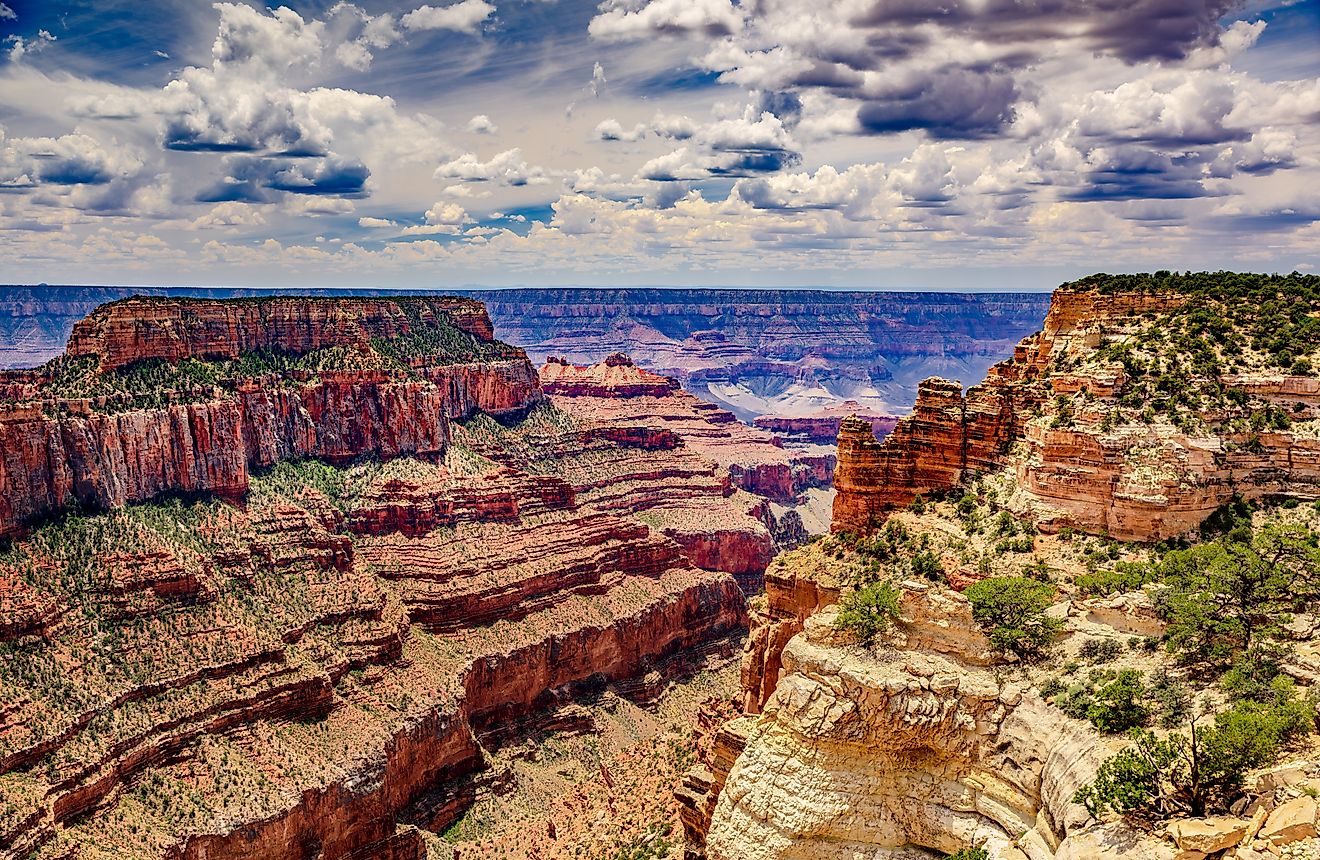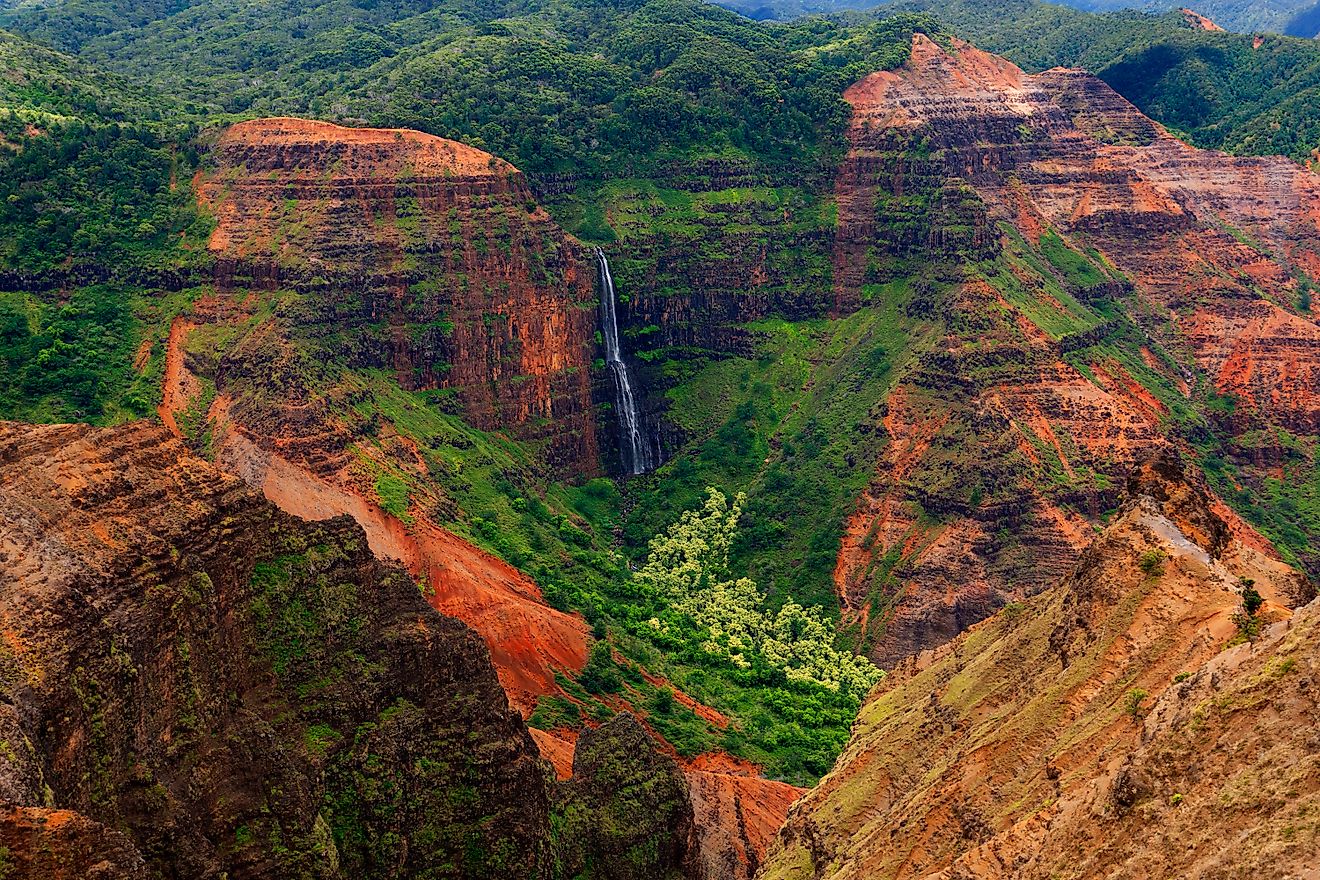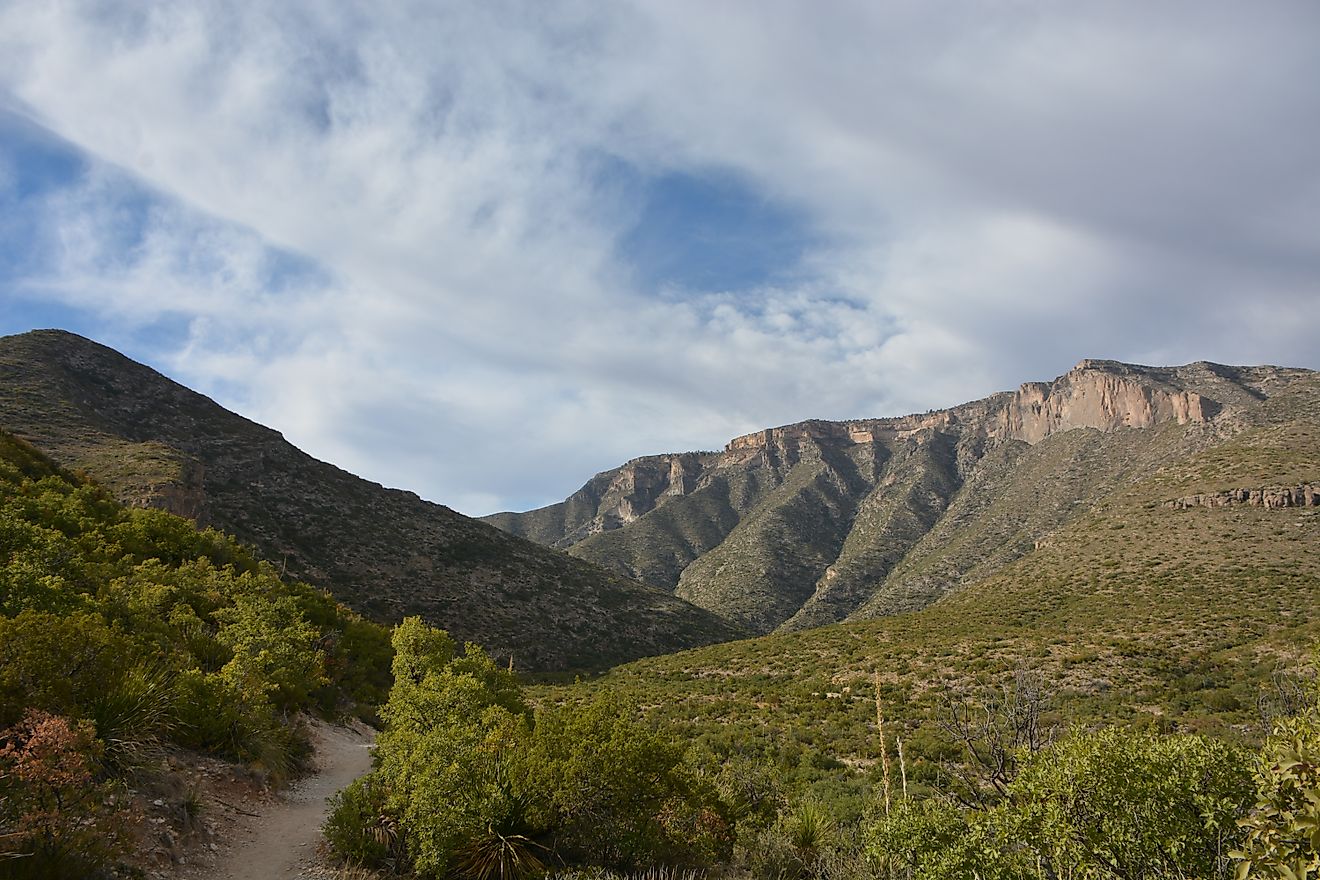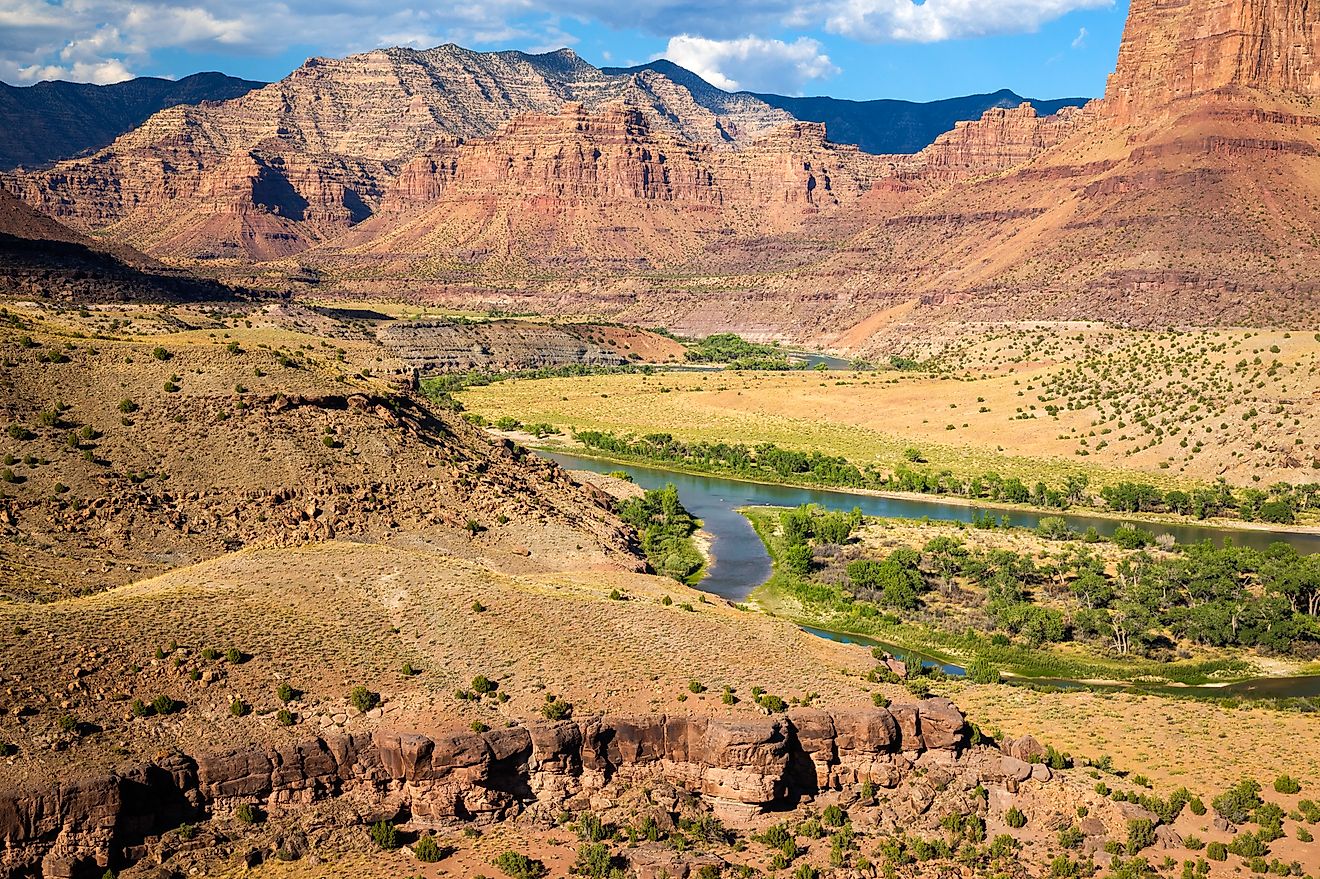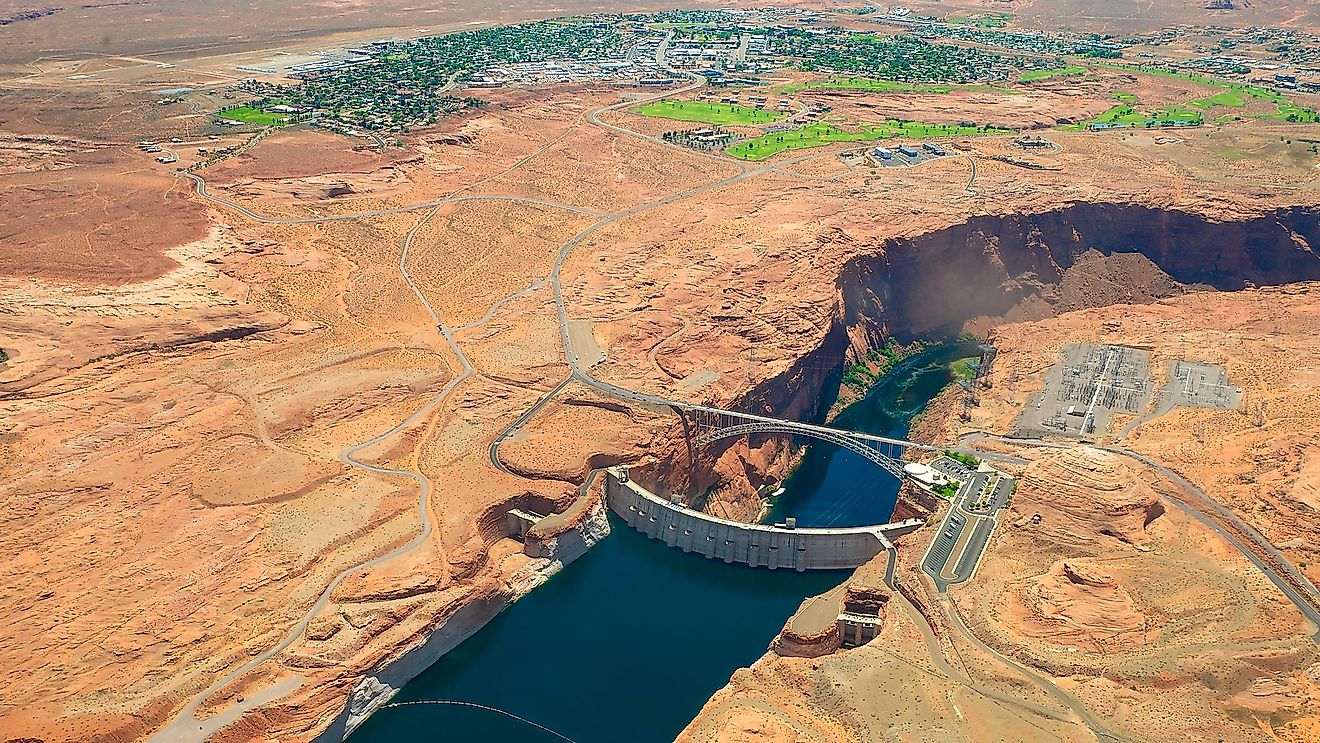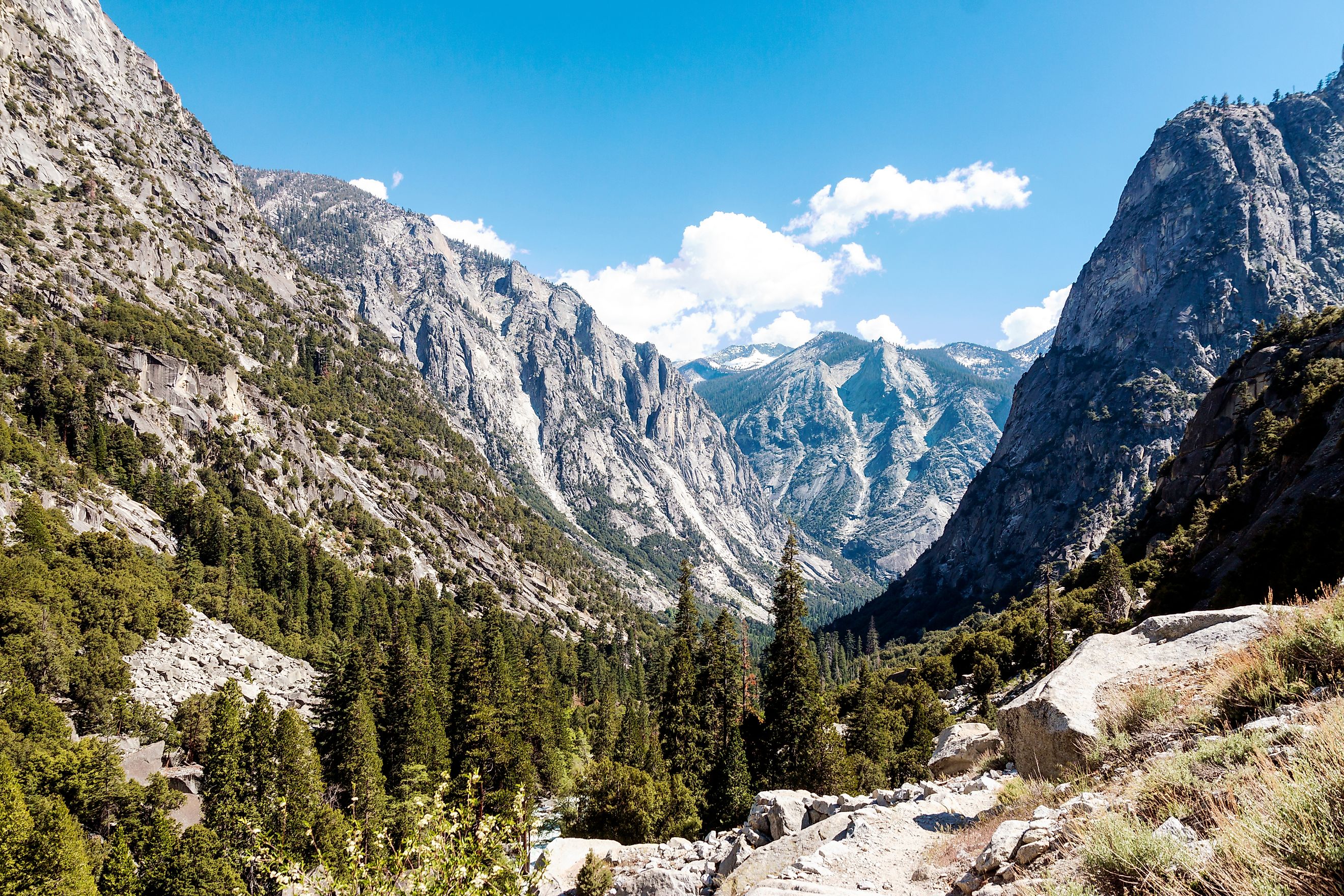
Kings Canyon
Tucked into California’s Sierra Nevada and carved by ancient glaciers, Kings Canyon is among the most spectacular—and least appreciated—natural landmarks in the United States. Often overshadowed by its more famous cousin to the north, Yosemite Valley, Kings Canyon plunges over a mile deep and spans some of the most dramatic vertical relief on the continent. This vast chasm, surrounded by granite cliffs, alpine meadows, and towering peaks, is not just a scenic gem but a geologic wonder—a cathedral of stone, silence, and snowmelt.
At the heart of Kings Canyon National Park, the canyon itself is a breathtaking glacial valley shaped by Ice Age forces. With walls that rise between 2,500 and 5,000 feet and a floor lined with crystal rivers and meadows, Kings Canyon has long drawn comparisons to Yosemite. In fact, conservationist John Muir once referred to it as a “rival of the Yosemite,” praising its grandeur and wild beauty. Today, Kings Canyon remains one of the deepest canyons in North America and one of the most rugged, wild landscapes left in the lower 48.
But Kings Canyon is just one part of a much larger wilderness. Together with its southern neighbor, Sequoia National Park, it forms one of the largest protected areas in the United States—a sprawling wilderness of over 768,000 acres where roaring rivers, alpine passes, ancient trees, and glacial lakes paint a portrait of raw Sierra Nevada beauty.
The Canyon: A Glacier-Carved Monument
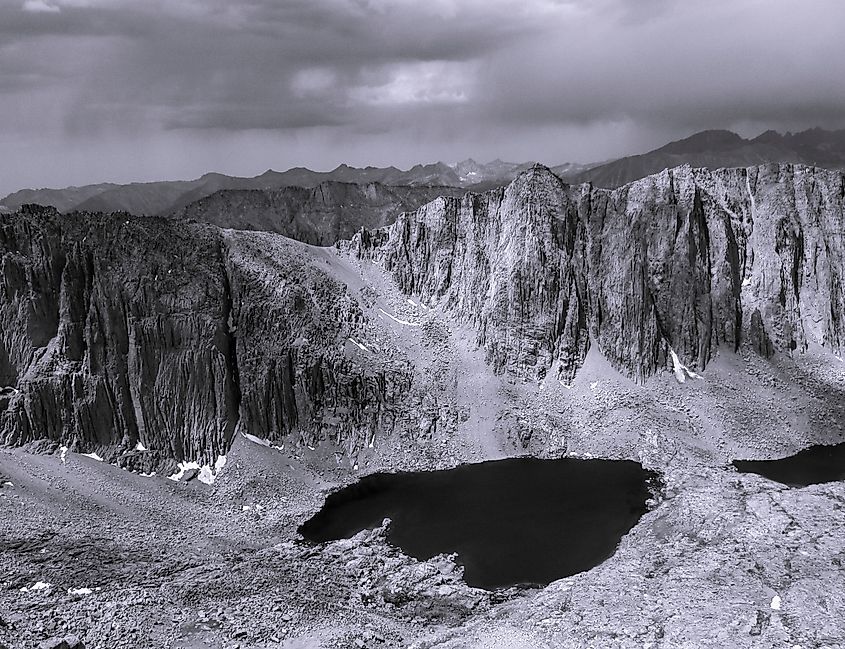
Kings Canyon itself stretches over 8,000 feet deep at some points, its vertical relief rivaling the Grand Canyon. The steep walls of granite were carved not by water erosion alone but by massive glaciers that advanced and retreated over millions of years. These glaciers scooped out the U-shaped valleys and polished cliffs still visible today. The result is a dramatic corridor flanked by sheer stone walls and dotted with lush meadows, cascading rivers, and granite domes.
Zumwalt Meadow, located near the base of the canyon in the Cedar Grove area, is a postcard of glacial serenity. The Kings River winds lazily through the flat, verdant floor here, with towering cliffs like Grand Sentinel and North Dome looming above. It's a snapshot of what makes the canyon so visually arresting: raw geology softened by wildflowers, forest, and water.
Further north lies Tehipite Valley, a more remote and harder-to-access region of the canyon known for Tehipite Dome, the largest granite dome in the Sierra. Rising over 3,500 feet above the valley floor, this geologic giant is reminiscent of Yosemite’s Half Dome but even more massive in scale.
The National Park: Divided, Diverse, and Largely Untouched
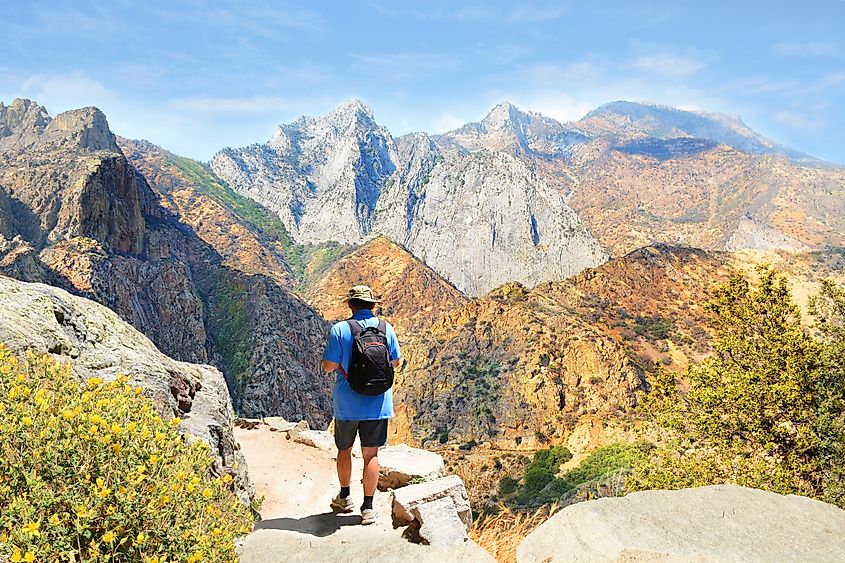
Kings Canyon National Park spans 461,901 acres across Fresno and Tulare Counties. The park is divided into two distinct areas: the western Grant Grove region and the larger, mostly wilderness eastern section anchored by the canyon itself.
Grant Grove, established in 1890 as General Grant National Park, was the original portion of the park. It was created to protect a particularly impressive grove of giant sequoias, including the General Grant Tree—the second-largest tree in the world by volume. This western section is the most accessible part of the park and includes lodges, visitor centers, and campgrounds.
Cedar Grove, on the other hand, is the only developed area in the more remote eastern part of the park and sits at the base of Kings Canyon. Reached by the winding and scenic Highway 180, Cedar Grove offers limited amenities, including a ranger station, seasonal lodge, and several campgrounds. Beyond that, the landscape opens into true wilderness.
More than 90% of Kings Canyon National Park is designated wilderness. That means most of it is unreachable by car and only accessible via foot or horse trails. This includes vast alpine plateaus, remote passes like Kearsarge and Bishop, and wilderness regions like the Goddard Divide and LeConte Divide.
Mountains That Touch the Sky
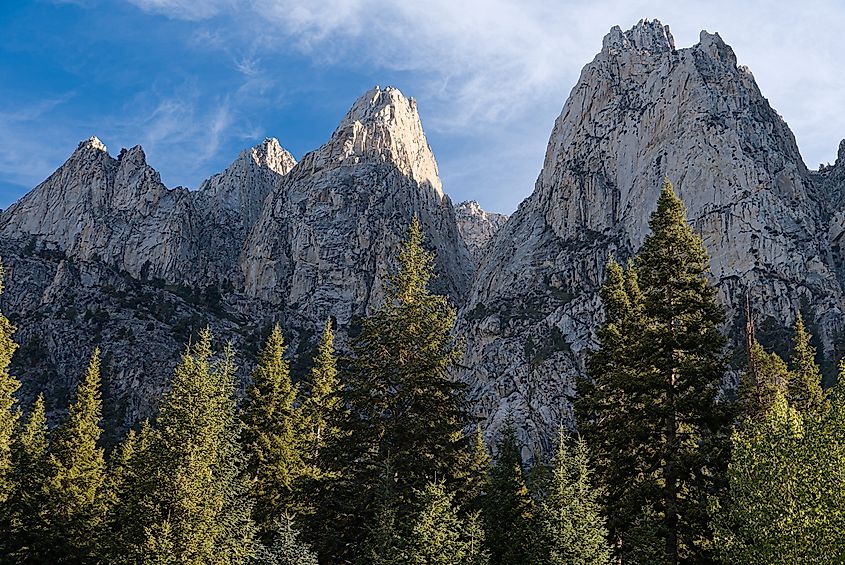
Few parks in the contiguous United States contain as many high peaks as Kings Canyon. Along the Sierra Crest—the eastern spine of the park—you’ll find jagged summits like Mount Agassiz, Mount Brewer, and North Palisade, which, at 14,248 feet, is the park’s tallest point.
These mountains dominate the skyline and frame the vast wilderness around Kings Canyon. Some of the most prominent subranges include:
-
The Palisades: Featuring four peaks over 14,000 feet, this area is a favorite among serious climbers and mountaineers.
-
The Great Western Divide: A stunning range filled with high basins and dramatic ridgelines.
-
The Monarch Divide: Among the most rugged and least accessible areas in the park, it separates the Middle and South Forks of the Kings River.
This extreme topography makes the park an adventurer’s paradise. Backpackers can challenge themselves on the combined John Muir and Pacific Crest Trails, both of which run through the entire park. Numerous side trails branch off into glacial valleys, secluded lakes, and alpine basins teeming with wildlife.
Glacial Legacy and Geological Riches
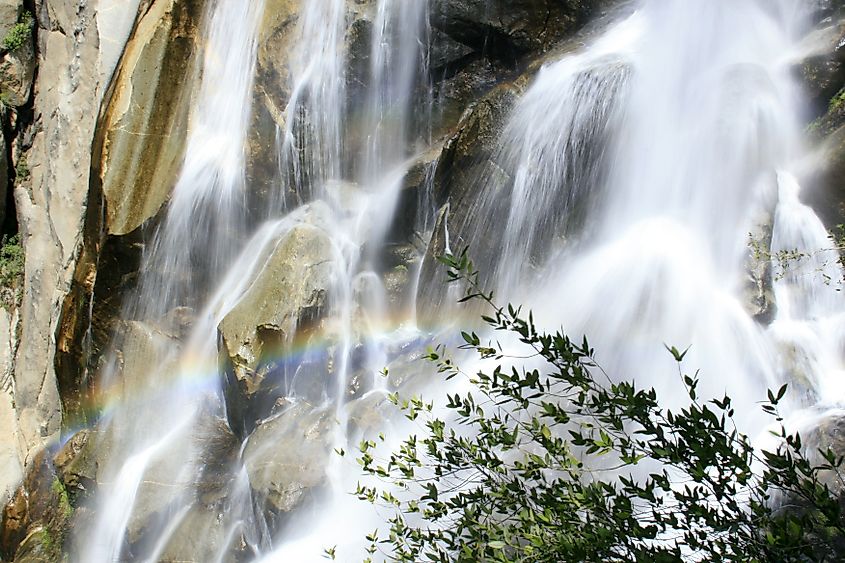
What makes Kings Canyon particularly fascinating is its geologic history. The granite walls and cliffs that define the canyon were formed over 100 million years ago, but the Sierra Nevada mountain range itself is relatively young—just 10 million years old. Glaciers that advanced during the last Ice Age carved out the deep U-shaped valleys that characterize Kings Canyon today.
Many of the features within the park—domes, waterfalls, moraines, and glacial tarns—are remnants of this frozen past. Boyden Cave, located just outside the park along the Kings River, showcases underground formations shaped by flowing water over limestone and marble beds, adding another layer to the park’s geologic diversity.
One of the most powerful visual examples of glacial carving is Tehipite Valley, a wilderness area so remote that few visitors ever see it. There, Tehipite Dome towers like a sentinel above the Middle Fork of the Kings River. For those willing to trek into its depths, the rewards are solitude, grandeur, and a true sense of wild America.
A Park Shaped by Debate and Preservation
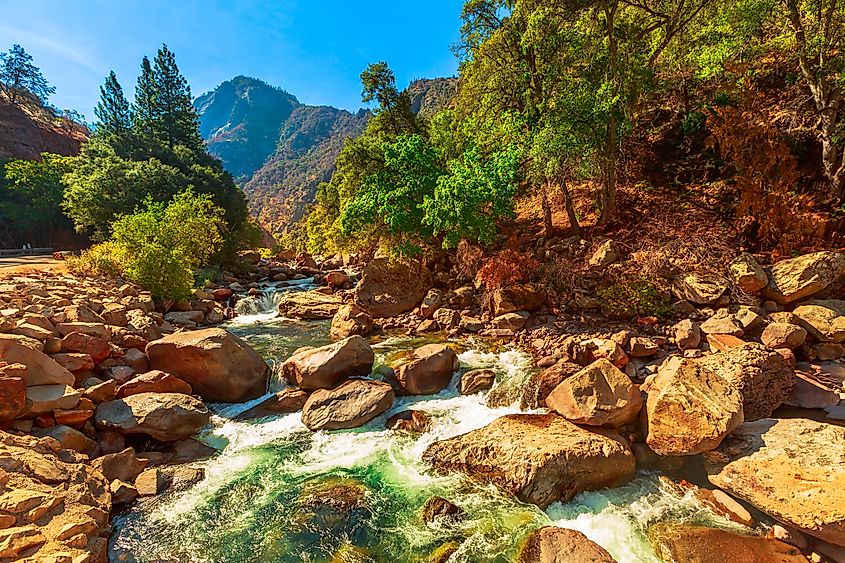
The path to preserving Kings Canyon wasn’t straightforward. Though John Muir and others lobbied to protect the area in the late 19th century, it took decades before the park was officially established in 1940. Even after that, debates raged about whether the land should be preserved or developed for hydroelectric power.
Proposals to dam the river and flood Cedar Grove and Tehipite Valley were fought off only after years of advocacy. In 1965, these sites were finally protected by being annexed into the park. Later, in the post-WWII era, further debates emerged about whether to build roads and resorts within the park. Again, conservation won out, and Kings Canyon was preserved as a largely wild, undeveloped landscape.
That legacy endures today. With fewer than 700,000 annual visitors compared to Yosemite’s 4 million, Kings Canyon remains one of the least crowded national parks in California. For many, that’s exactly the point.
Visiting Kings Canyon Today
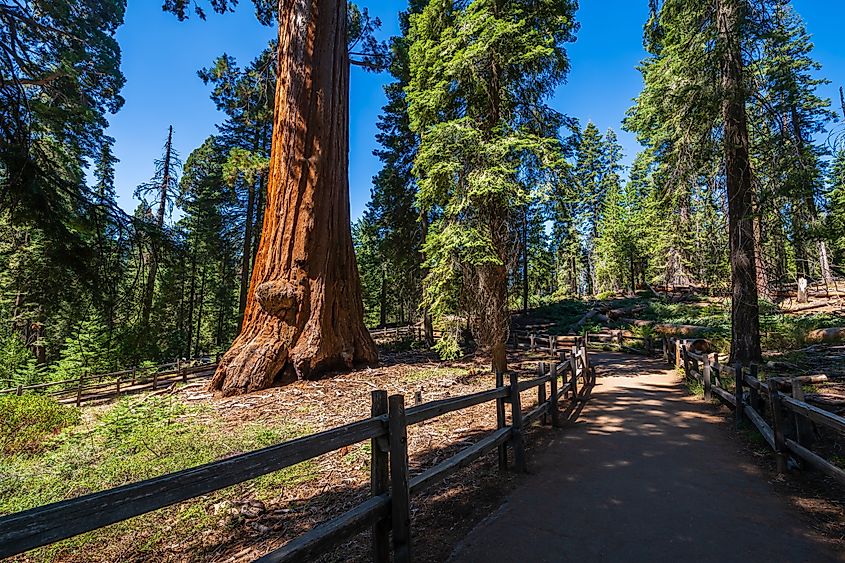
For those planning a visit, there are two main hubs:
-
Grant Grove: Easily accessible year-round, this area is best for those wanting to see giant sequoias and enjoy short hikes, ranger programs, and lodgings.
-
Cedar Grove: Open seasonally (usually late spring through October), Cedar Grove is the gateway to Kings Canyon proper. Scenic drives, day hikes to places like Zumwalt Meadow and Roaring River Falls, and riverbank camping are the main draws.
Backpackers and serious hikers can explore the high country via passes like Rae Lakes Loop or the eastern approaches through Inyo National Forest. However, elevation, snow, and remote terrain make preparation essential.
FAQs About Kings Canyon National Park
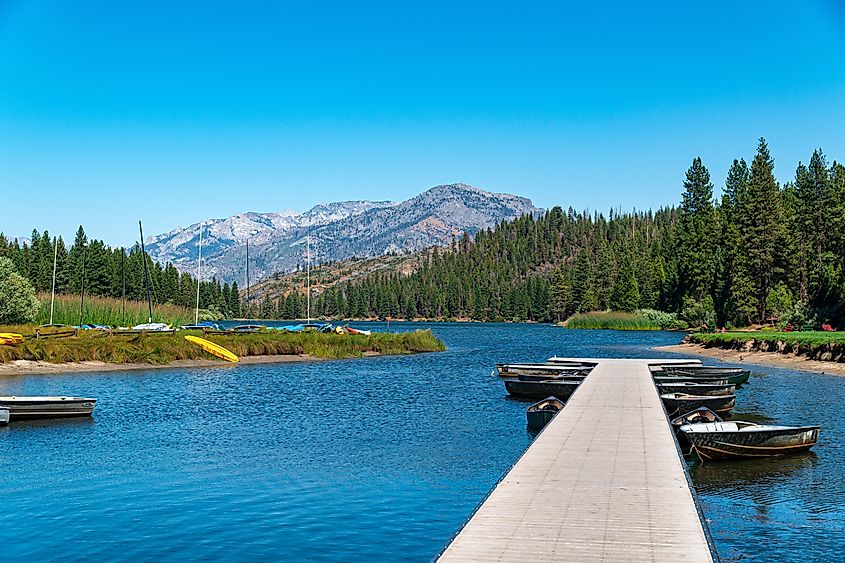
Is Kings Canyon deeper than the Grand Canyon?
In some spots, yes. Kings Canyon reaches depths of over 8,000 feet, while the Grand Canyon averages around 6,000 feet deep. However, the Grand Canyon is broader and more expansive overall.
When is the best time to visit Kings Canyon?
Late June through early October is ideal. Snow blocks access to most of the park for the rest of the year, particularly in the high country.
Can you drive through Kings Canyon?
You can drive to Cedar Grove in the canyon via Highway 180, but most of the park’s interior is wilderness and only accessible by foot.
Is it worth visiting Kings Canyon if I’ve been to Yosemite?
Absolutely. Kings Canyon offers a less crowded, more rugged alternative to Yosemite, with similarly breathtaking landscapes.
Are there accommodations inside the park?
Yes—limited options exist at Grant Grove and Cedar Grove, including lodges and campgrounds. Reservations are highly recommended.
